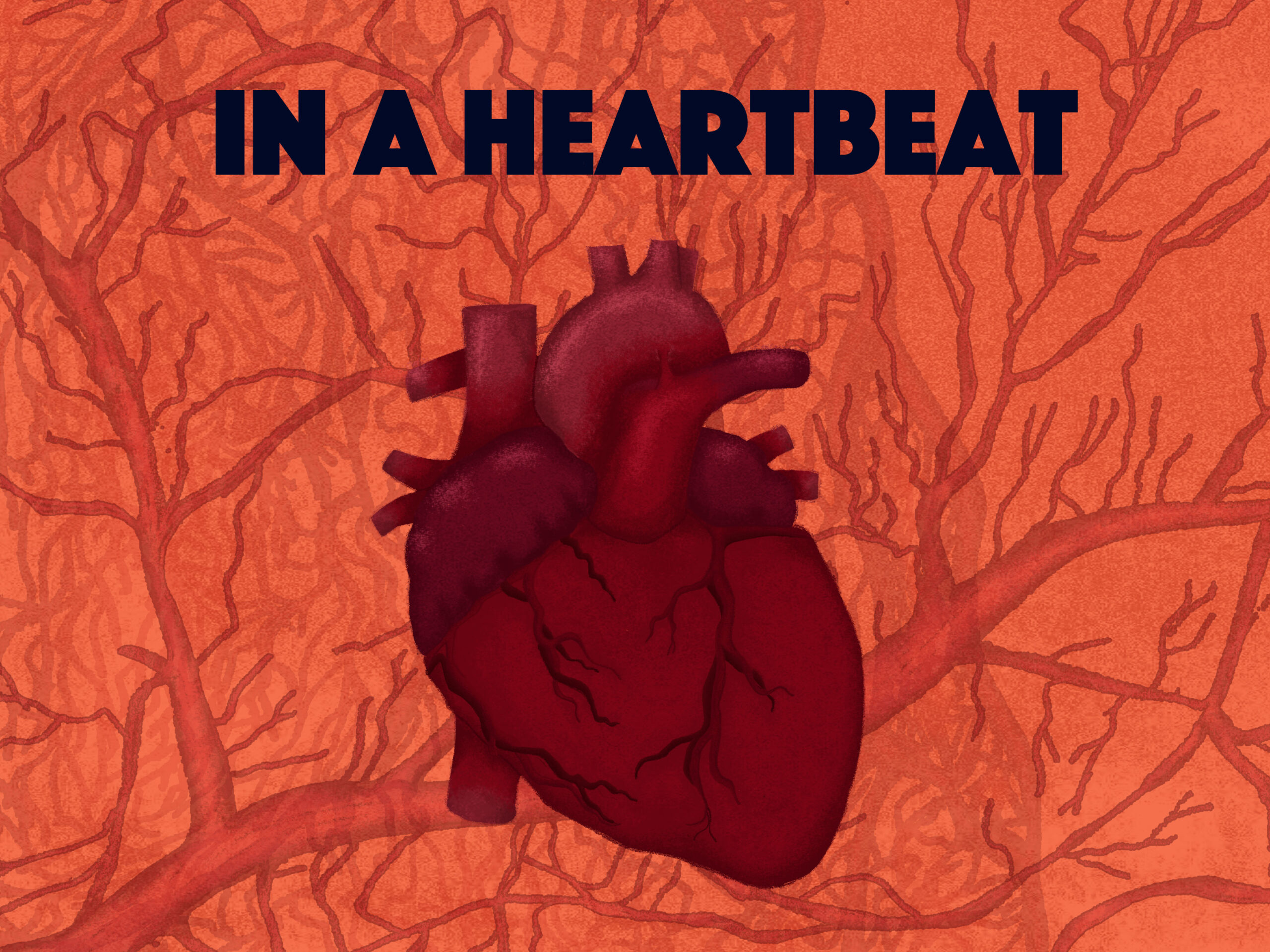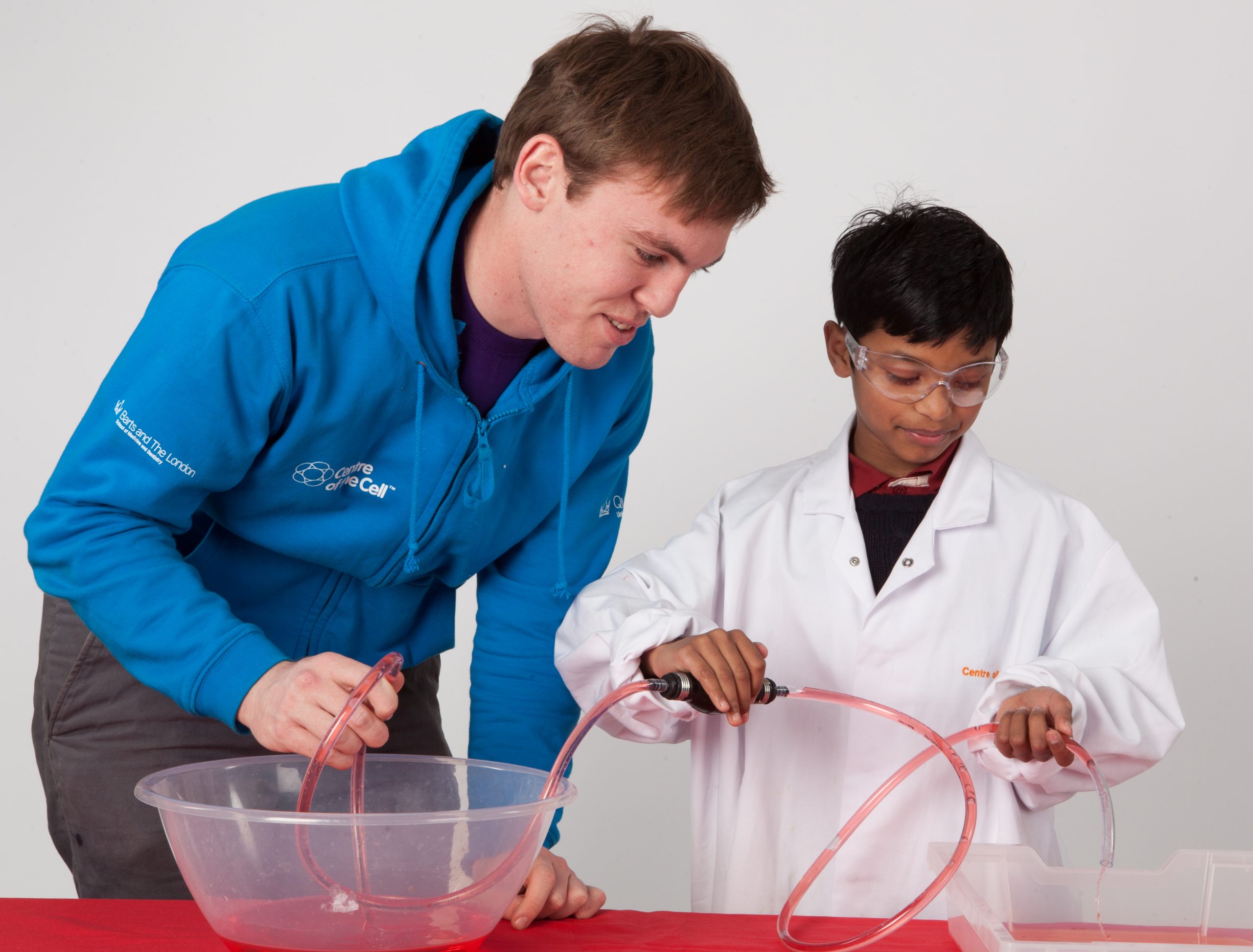
In A Heartbeat
Join your blood cells on a journey of discovery through the circulatory system! Find out what blood is made of, how blood travels round your body and how circulatory systems in the animal kingdom are different to our own. Learn how to find your pulse, and help us conduct a heart rate experiment, before finding out how to keep your heart healthy!
Recommended for:
- Ages – 8 to 11 Year Old’s
- Key Stage – KS2
- School Group – Year 4 to Year 6
Key Learning Points:
- Blood cells and their functions
- Heart structure and function
- The double circulatory system in humans
- Examples of other types of circulatory systems in the animal kingdom
- Heart rate and its response to exercise
- Keeping the heart healthy
Delivery
Available to book in our Neuron Pod and via Outreach
Neuron Pod
- Duration – 60 minutes
- Maximum group size – 50 people (Inc. adults)
Outreach
- Duration – 60 minutes
- Maximum group size – 70 people
Accessibility Guidance:
This show contains the following materials and stimuli.
- High audience participation numbers
- Costumes may be used for some demos (e.g. hats, aprons)
- Some realistic animations and images are used in the presentation to depict anatomical features
Information for Schools:
Key stage 2 Science curriculum links
Animals, including humans:
Year 6
• identify and name the main parts of the human circulatory system, and describe
the functions of the heart, blood vessels and blood
• recognise the impact of diet, exercise, drugs and lifestyle on the way their bodies
function
• describe the ways in which nutrients and water are transported within animals,
including humans
Key stage 3 Science curriculum links
Cells and organisms:
• cells as the fundamental unit of living organisms
• the hierarchical organisation of multicellular organisms: from cells to tissues to
organs to systems to organisms
Nutrition and digestion:
• content of a healthy human diet
• the consequences of imbalances in the diet
Gas exchange systems:
• the mechanism of breathing to move air in and out of the lungs
• the impact of exercise and smoking on the human gas exchange system

